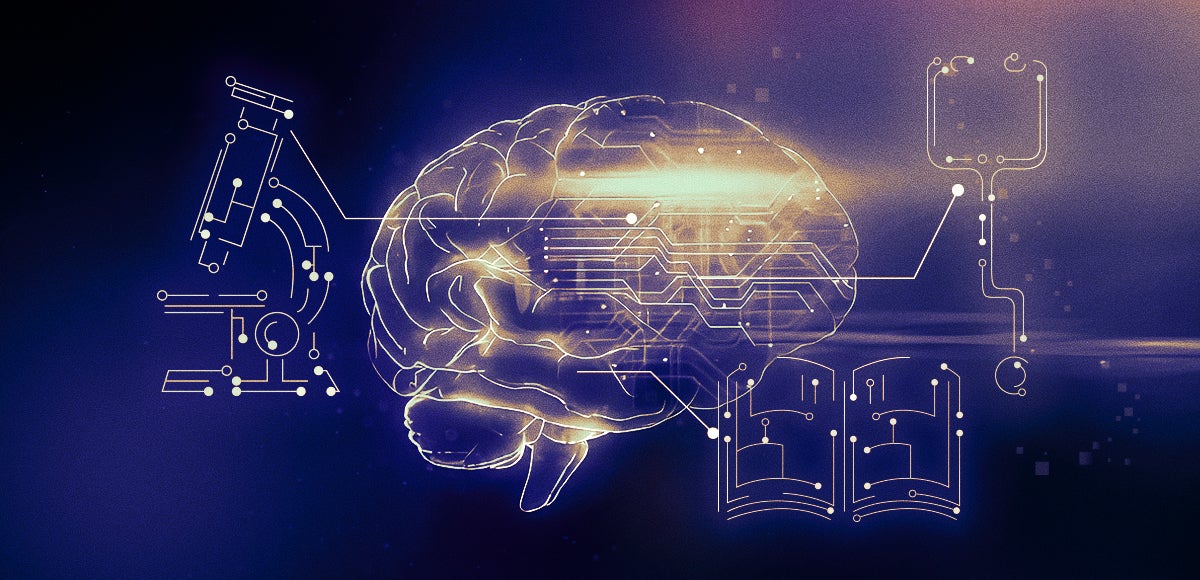In the ever-evolving realm of technology, user interfaces (UIs) stand as the invisible bridges between humans and machines. These carefully crafted interfaces enable seamless interaction, communication, and control, shaping our experiences with everything from smartphones and computers to cars and appliances.
The Essence of User Interfaces
User interfaces encompass a wide range of elements, from visual design and layout to input mechanisms and interaction patterns. They are designed to be intuitive, user-friendly, and accessible, ensuring that users can interact with technology efficiently and effectively.
The Spectrum of User Interfaces
User interfaces can be categorized into two primary types:
Graphical user interfaces (GUIs): GUIs rely on visual elements, such as icons, menus, and windows, to provide a user-friendly interface.
Command-line interfaces (CLIs): CLIs rely on text commands to control a system or application.
The Design Process: Creating Effective User Interfaces
The design of effective user interfaces involves a deep understanding of user behavior, psychology, and design principles. User interface designers consider factors such as:
Accessibility: Ensuring that interfaces are usable by individuals with disabilities.
Consistency: Maintaining a consistent design language across different elements and platforms.
Efficiency: Enabling users to accomplish tasks quickly and easily.
Error prevention: Minimizing the risk of user errors and providing clear feedback.
Feedback: Providing users with appropriate feedback to their actions.
Information architecture: Organizing information in a logical and intuitive manner.
Usability: Ensuring that interfaces are easy to learn and use.
The Impact of User Interfaces: Shaping User Experiences
User interfaces have a profound impact on user experiences, influencing perceptions, satisfaction, and productivity. Well-designed interfaces can enhance user engagement, reduce frustration, and increase overall system adoption.
Emerging Trends in User Interfaces
As technology advances and user expectations evolve, the landscape of user interfaces is rapidly changing. Emerging trends include:
Voice user interfaces (VUIs): The use of voice commands to interact with devices and applications.
Natural language processing (NLP): Enabling computers to understand and respond to natural language.
Augmented reality (AR) and virtual reality (VR): Creating immersive and interactive experiences.
Adaptive user interfaces: Interfaces that adapt to individual user preferences and behaviors.
Gesture control: Using hand gestures or body movements to interact with devices.
The Future of User Interfaces: A Human-Centered Approach
The future of user interfaces is driven by a human-centered approach, emphasizing user needs, preferences, and behaviors. As technology becomes increasingly integrated into our lives, the importance of intuitive, accessible, and personalized user interfaces will only continue to grow.
Conclusion
User interfaces are the cornerstone of human-computer interaction, bridging the gap between our physical world and the digital realm. As technology continues to evolve, the design and development of effective user interfaces will remain paramount, ensuring that technology remains accessible, user-friendly, and enriching for all.

